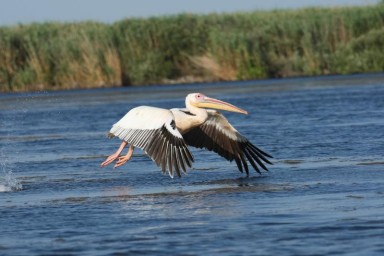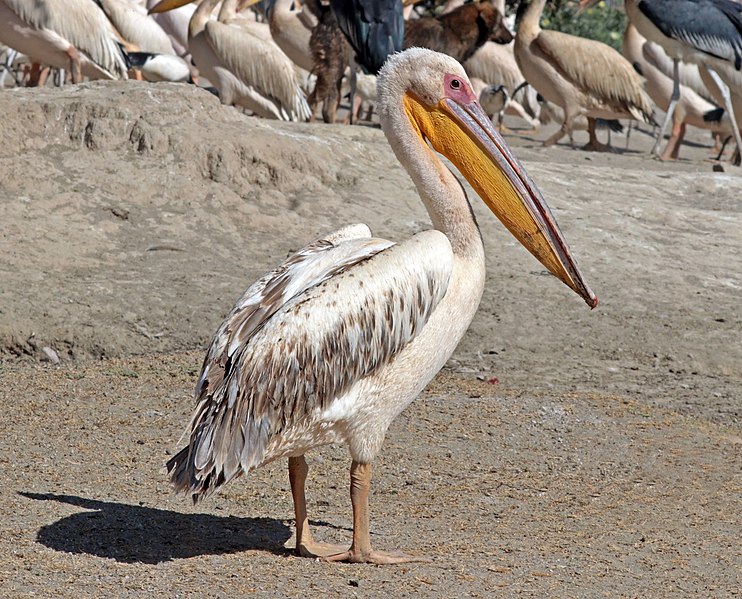The Great White Pelican: An Icon of Aquatic Beauty
Introduction: Pelecanus onocrotalus, also known as the Roseate Pelican, is an extraordinary bird known for its large size and striking pink-tinged plumage. This pelican, with its expansive wingspan and elegant presence, is a marvel in the bird world. Its remarkable traits and behaviors make it a fascinating subject for ornithologists and bird lovers alike.
Lifestyle: The Great White Pelican thrives in diverse aquatic habitats, including lakes, rivers, and marshlands. Its primary diet consists of fish, which it catches with great efficiency using its long, broad bill. Notably, the Great White Pelican exhibits highly social behavior, often forming sizable flocks for both feeding and nesting. These birds are known for their cooperative hunting strategies, which enhance their success in capturing prey.
Threats: Despite its impressive adaptability, the Great White Pelican faces several environmental threats. The loss of wetland habitats due to agricultural expansion and urbanization poses a significant risk. Water pollution and human disturbances in nesting areas further endanger their populations. These factors collectively contribute to the declining numbers of Great White Pelicans in various regions.
Protection and Conservation: Efforts to protect the Great White Pelican involve habitat conservation, pollution control, and public awareness campaigns. Conservation organizations work tirelessly to restore and maintain wetlands, ensuring these vital ecosystems remain viable for pelicans and other wildlife. Public education initiatives aim to highlight the importance of preserving natural habitats and reducing human impact on these majestic birds.


